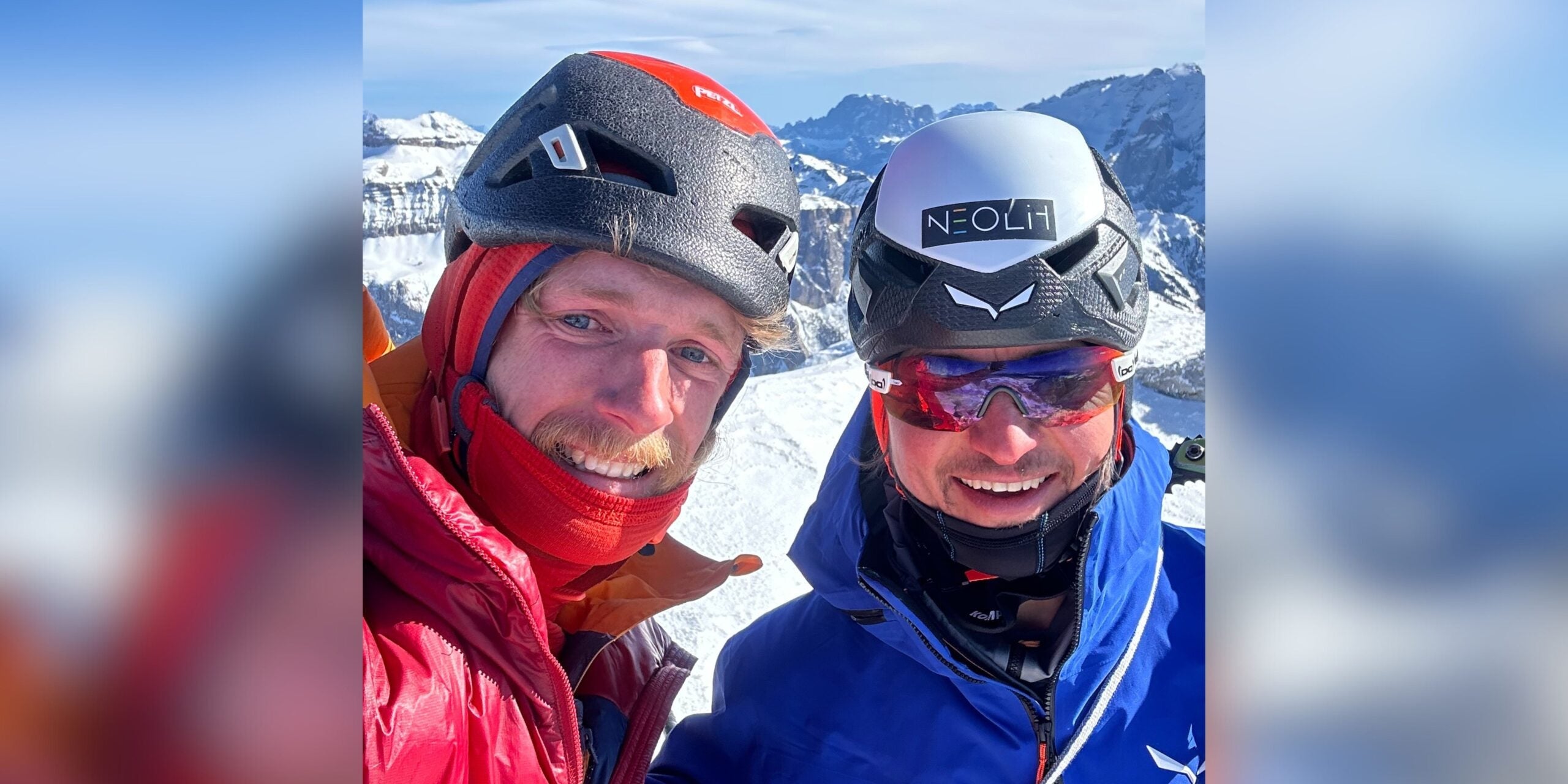Martin Feistl died on Saturday, May 18, following a 130-foot fall in his native Austria, while free soloing on the steep 1,000-foot South Face of the (8,097ft). The 27-year-old ice and mixed expert was climbing the Spitzenstätter up the center of the face.
While it’s unclear exactly what occurred, a —based on an account from a mountain rescuer on the face—said that Feistl “lost his footing in a steep and slightly overhanging section of the route at around 12:25 p.m. … After a free fall of around [130 feet] he hit a rock ledge at the foot of the wall.” From here he slid down a steep snowfield, and eventually came to a rest in scree several hundred feet below. Although a rescuer reached Feistl quickly, his injuries were fatal. A helicopter recovered the body shortly after.
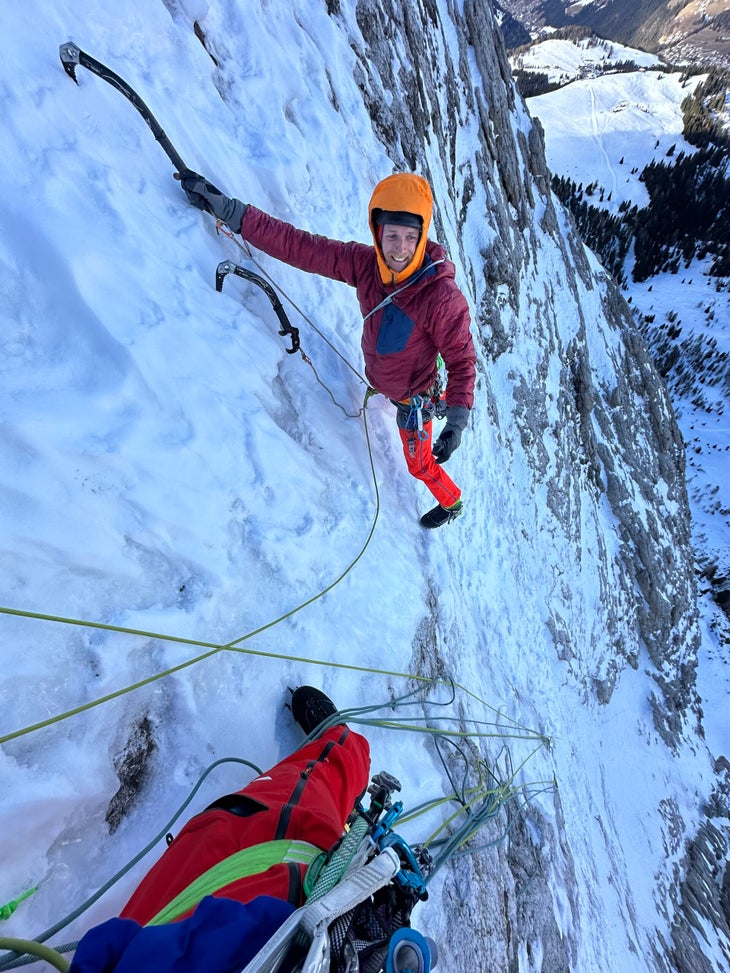
Feistl was a climber from a young age, and began to garner attention when he started climbing with the German Mountaineering Club’s Youth Expedition Team from 2016 to 2018. It was during this time that he met longtime friend and climbing partner Simon Gietl, who served as Feistl’s trainer on the team. “Martin’s talent and awareness of nature immediately caught my eye,” Gietl said. “He was an alpinist through and through, who loved (and lived) to feel his limits.”
Feistl capped off his time on the Youth Expedition Team with an impressive ascent of the West Ridge of Shivling (21,467 feet) in the Indian Garhwal, and returned to Europe to devour climbs throughout the Alps.
One of his most prominent ascents came two years later, in 2020, when he and David Bruder made the first repeat and first free ascent of the 2,600-foot Sagzahn Verschneidung in Austria. The line was establishedby the late and Peter Mühlberger, and with better conditions Bruder and Feistl freed it. “Fortunately we encountered neither the brittle rock nor any [of the] wild techno climbing that Lama had had to deal with,” at the time.
Bruder and Feistl went on to tackle a number of hard objectives together that season, most notably “Stalingrad,” a 3,300-foot route just a month later. The effort was shortlisted for a Piolet d’Or. “I shared with Martin some of the most intense and impressive climbs of my late career,” Bruder told Climbing. “We were the young gun and the old-school man. I appreciated his commitment and technical and mental skills… I guess he liked my experience and flexibility.”
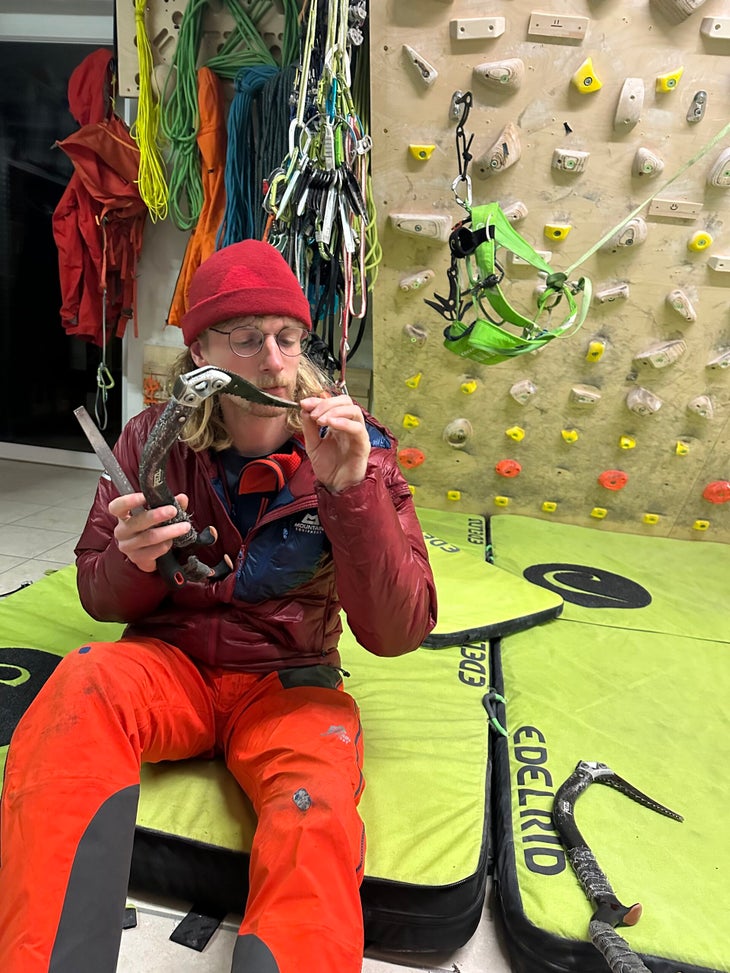
Bruder noted that the pair hadn’t climbed much together in recent years, though they remained in close contact. “Since moving to Innsbruck, Martin made another step forward in terms of frequency, difficulty, ethics, and professionalism, [into a place] I could and would not follow,” Bruder said. “That’s the course of life, I guess. Still, we had regular contact, often about his doubts and conflicts with the professional alpinist game.”
Feistl was undoubtedly a rising star in the world of European alpinism, but Bruder and other close friends and climbing partners indicated that he had a love-hate relationship with the fame and visibility that came with professional climbing, as well as the media obligations of sponsorship. Bruder said Feistl never wanted to be “climbing around the world, doing what people want to see, selling good pics, or smiles. He always wanted to be respected for his climbing performance, not his show performance.”
As an alpinist, Feistl led by example. Last summer, he and Felix Bub traveled by train and then sailboat to establish over in Greenland’s Mythic Cirque. Then, in January 2024, he free soloed a new 1,300-foot mixed climb on the West Face of the Hammerspitze, Austria, called “Daily Dose of Luck.” Just a few days later, he and Gietl made the first ascent of a massive route in the Italian Dolomites.
Gietl looked back fondly on the duo’s first ascent of “Affogato” last winter and gave a bit of insight into his late partner’s remarkable daring. “Martin climbed onto a crazy ice roof with [only] a 10 centimeter screw [13 feet] below!” Gietl recalled. “Hanging freely, he swung himself onto the edge of the roof and was able to pull himself up using sheer strength. It was crazy and fascinating at the same time! It was so exciting to watch that I didn’t dare take a photo. … A fall would definitely have been very, very painful.”
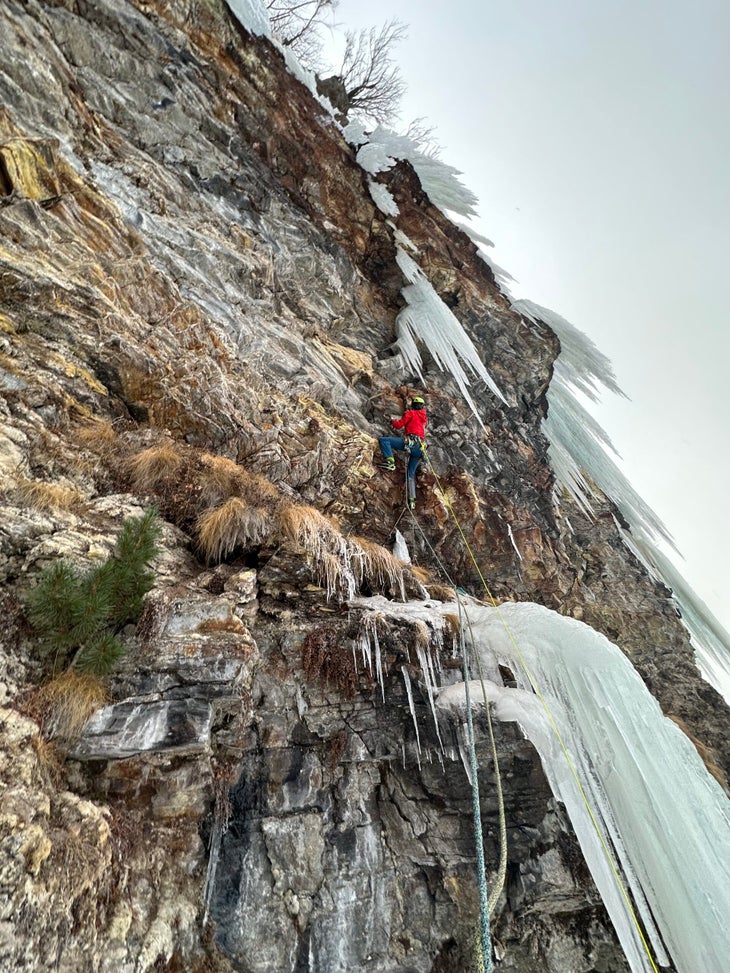
Feistl offered insight into his mindsight in a about Daily Dose of Luck. “I could have taken gear with me to self-belay,” he said, “but somehow the idea of rope-solo climbing in winter doesn’t appeal to me at all. Everything takes too long and, anyways, on ice you just don’t fall. That’s how I [learned] to climb ice.”
He continued: “For reasons that are not always entirely clear to me, this is how I’ve always gone about my climbs. In general, on the vast majority of routes that I solo, I try to do without everything that can provide more security than my belief in my own abilities. Physically, but especially mentally. It’s probably one of those ego things.”
Feistl’s climbing partner, British alpinist Fay Manners, met him two years ago at a sponsorship meetup in Wales, and was immediately impressed by his purist attitude and comfort with exposure. “Most Europeans that visit the UK for the mountains are intimidated by how bold the climbing is,” she said. “Martin was fearless, strong, and talented. He was in his element climbing on sea cliffs with runout protection.”
Manners and her climbing partner, Michelle Dvorak, shared base camp with Feistl and Bub during their trip to the Mythic Cirque last year, and her favorite memories of Feistl were from this expedition. “In the mornings we shared breakfast together in the sun overlooking the water, just talking about climbing and life,” she said. “These memories [are] even more prominent to me than the new climbing route we opened.”
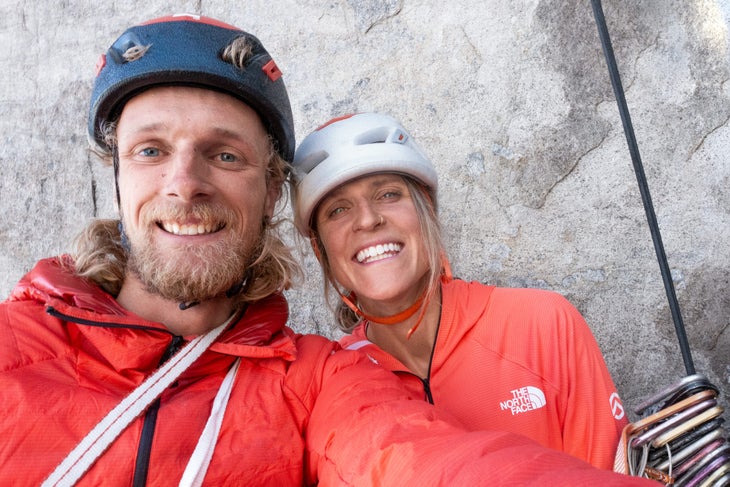
Manners looked back fondly on Feistl’s wry wit, as well as his unwavering ideals. “He had quite strong views, especially when it came to ethics in climbing,” she said. “He never relinquished his beliefs and values … I was sure that he would go on to be one of the bravest and most impressive mixed climbers in the world.”
“His love for the sport was real,” Manners said. “He didn’t care about sponsorship or attention.”
Beyond his high level of risk tolerance, a key feature of Feistl’s climbing was his dedication to completing objectives in as environmentally friendly a manner as possible. Sources suggest this is largely why, after Shivling, he largely confined his climbing to his backyard in the Alps. “Whether by bike, train, or sailing ship, the main thing [for Feistl] was to climb without a car or plane,” Gietl said.
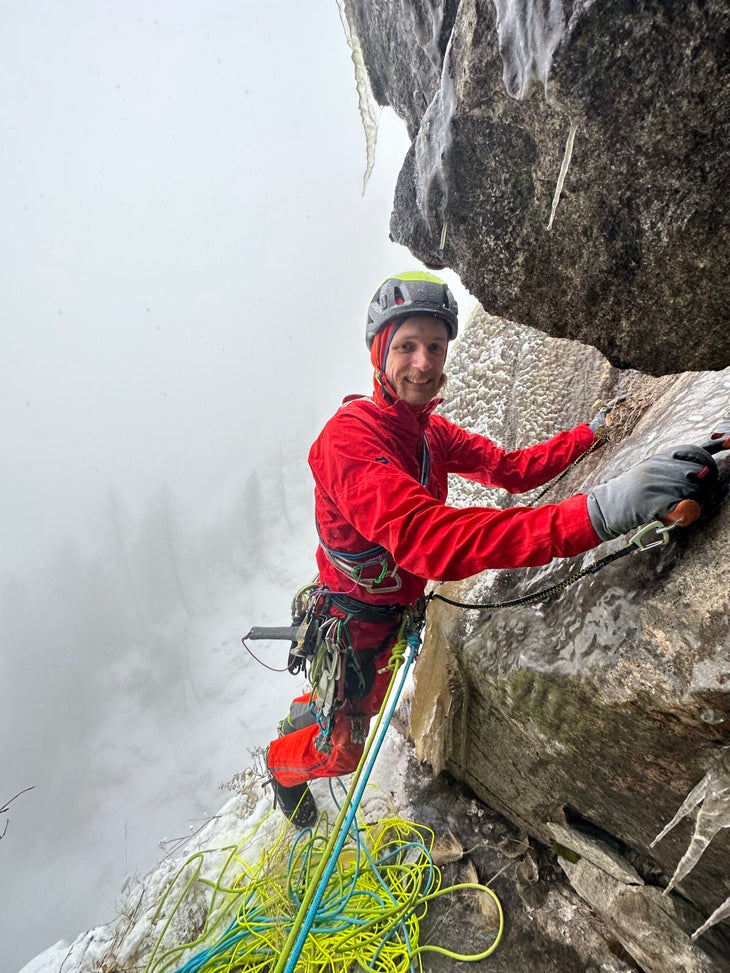
Feistl was a vocal proponent of the movement, which “extends the notion of redpoint by including the approach by fair means (public transport, bike, boat, foot).” When he and Felix Bub last year, they left Innsbruck by train and then sailed, resulting in carbon emissions of roughly 280 kilograms CO2 per person, which “roughly corresponds to a single person’s car journey from Munich to Chamonix and back.”
Gietl shared a brief message intended for his late friend:
“Martin, we had a short but very intense time together, and I was looking forward to many more adventures together,” he wrote. “You always impressed me with your climbing skills, your purist style, and your unique sense of humor. You truly succeeded in your goal of living your life with a small ecological footprint, but Martin, your footprint in my heart is huge.”


